As you can see, there are some flaws to this map – some areas aren’t exactly stuck into boxes and others are claimed by two neighborhoods. Moreover, Tenleytown has, maybe, 100 residents and its borders rest, like the ANCs, along corridors where there is precisely the most activity, along Wisconsin. It also perpetuates the myth that there is a neighborhood called “Wakefield.” The name is a myth created by realtors, and you will not find anyone who actually calls it that, except perhaps some serpent or monster who wishes only to deceive you. . Clearly, it’s totally unsatisfactory. So, based on an informal poll and my own views, I’ve revised it:
To me, this map gives accurate names to the various places locations, as best as possible. In some ways, it is just a gut feeling. And this reflects the arbitrary shape of these neighborhoods. Some places don’t have clear boundaries, some don’t have nodes, and generally, they do not have consistent relation to community. In the non-technical jargon of New Urbanism, these neighborhood designations do not reflect the sense of place. Tenleytown seems to be the strongest place, with Friendship Heights coming in next. But the node at Connecticut and Nebraska is stuck between three areas in a way that questions the value of neighborhoods.
It’s necessary to map areas of community activity in a different way. Nonetheless, some aspects of the term neighborhood are still useful for explaining an area. Particularly, where someone’s house is, some parts of architectural character, and pure geography. So I’m going to analyze these areas. To do that, we have to look the geography over, first by comparing building shapes to neighborhoods with a figure-ground:
Not much new learned, but useful for understanding the shapes and forms of the neighborhood that make up each neighborhood. Still… are the embassies part of a neighborhood? Nah… How about ANC lines?
Interestingly, the Wikipedia map seems to work better with the borders of each Single Member District. But that probably reflects the choice of drawing lines along major avenues rather than less-active side streets. Speaking of main avenues, how about transit accessibility?
Again, it’s not that useful, but it yields some interesting insight – these centers of activity have lines strung between them – where the lines are is where most of the neighborhoods are centered.
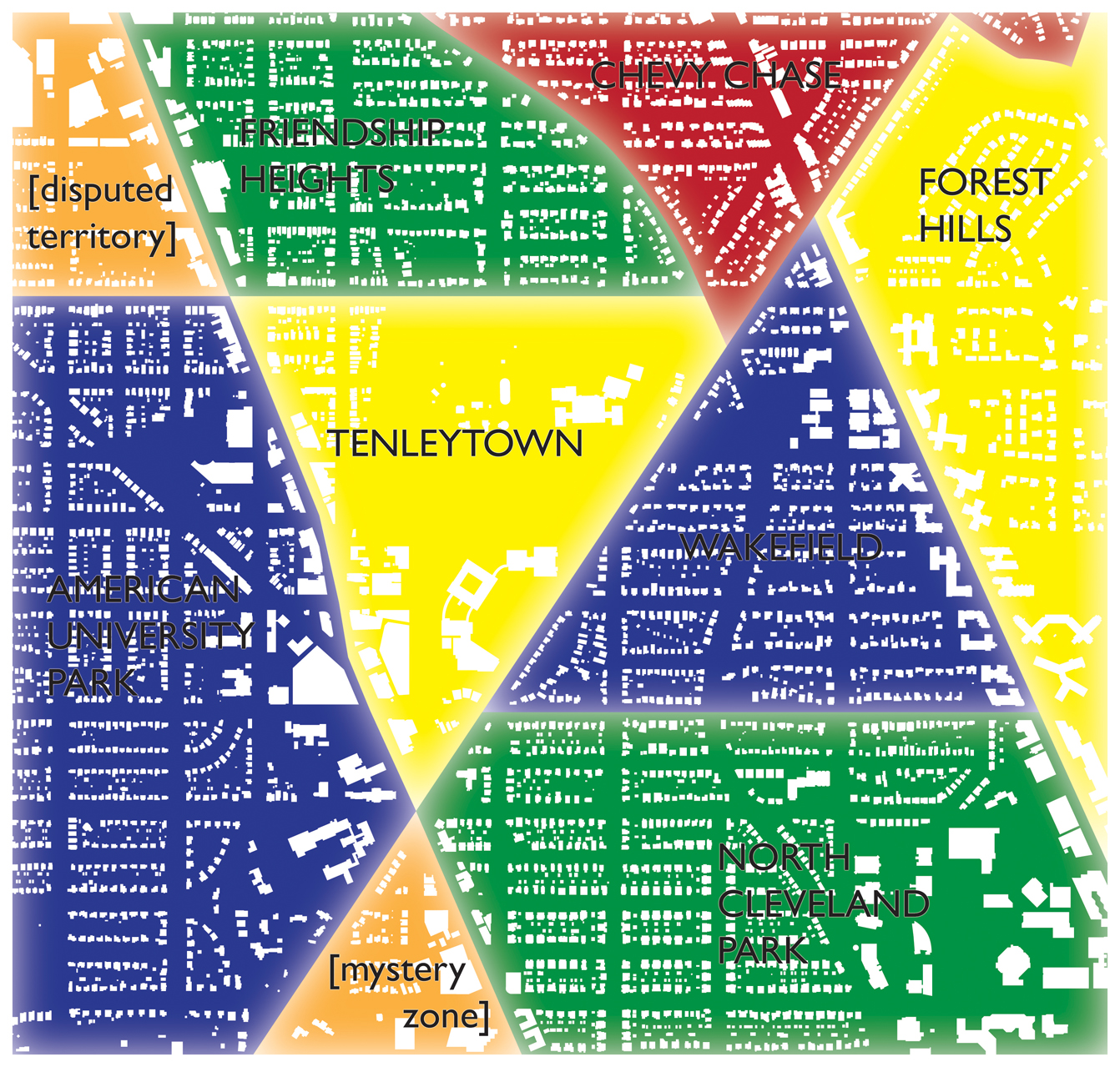
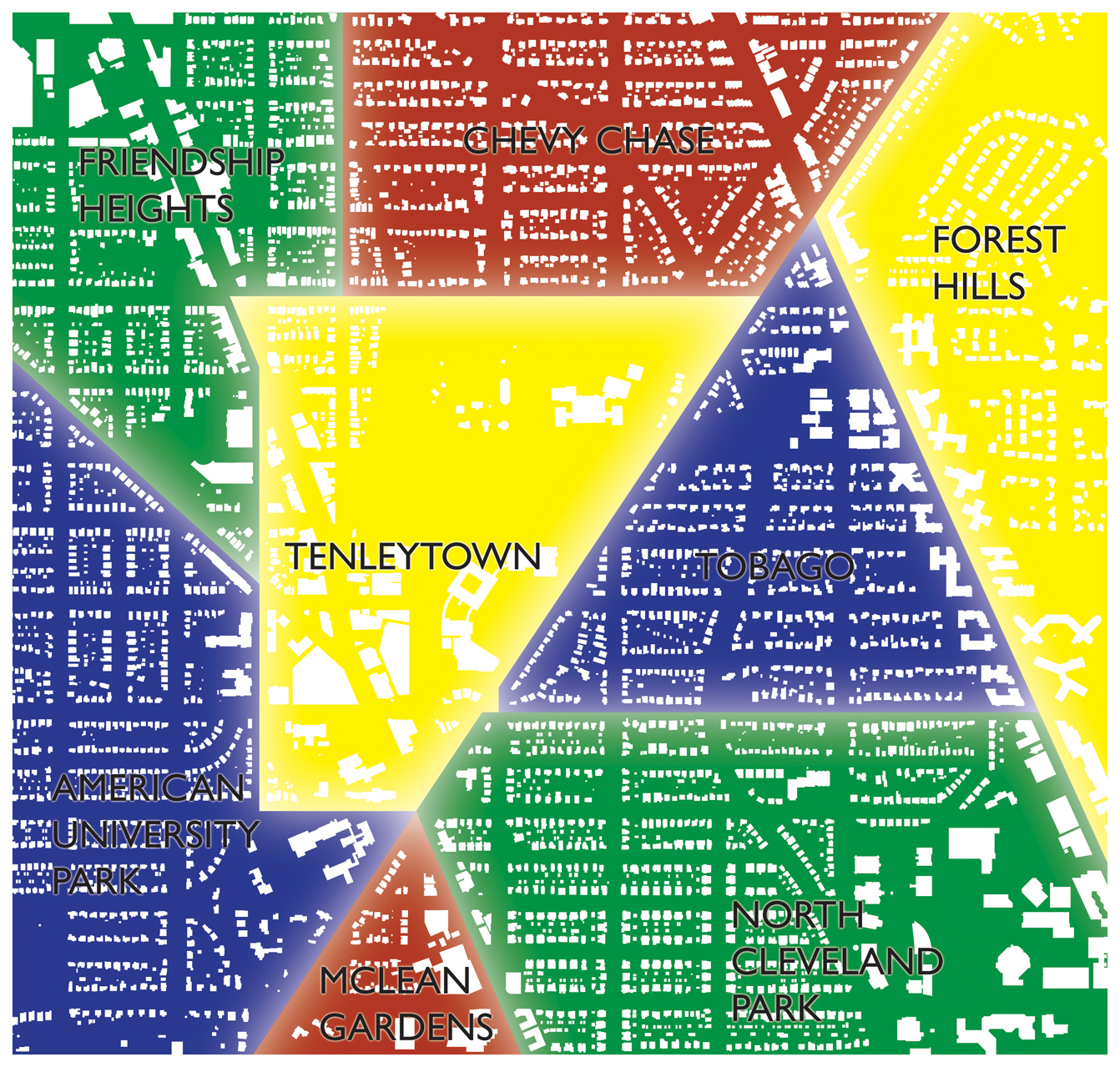
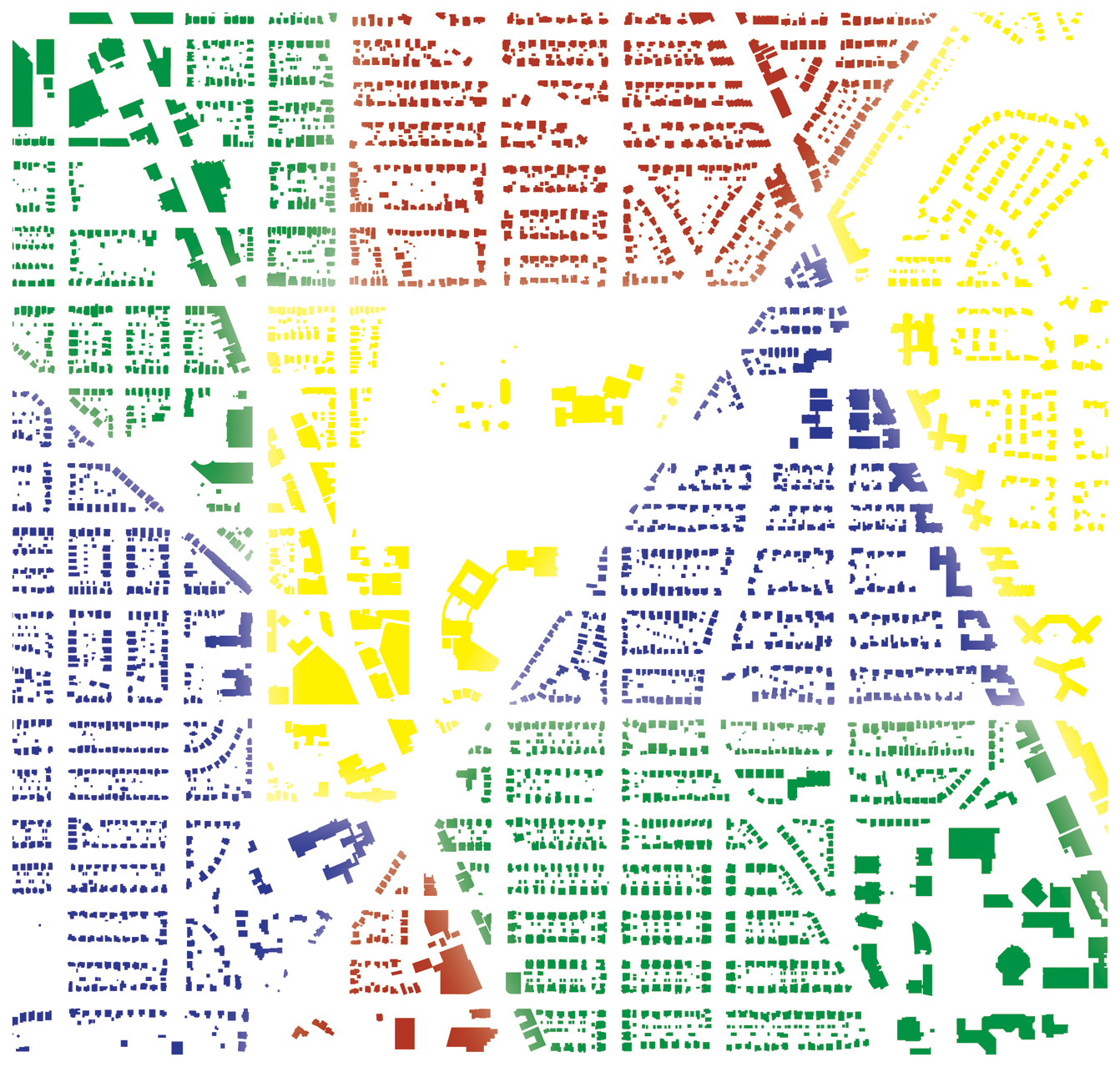
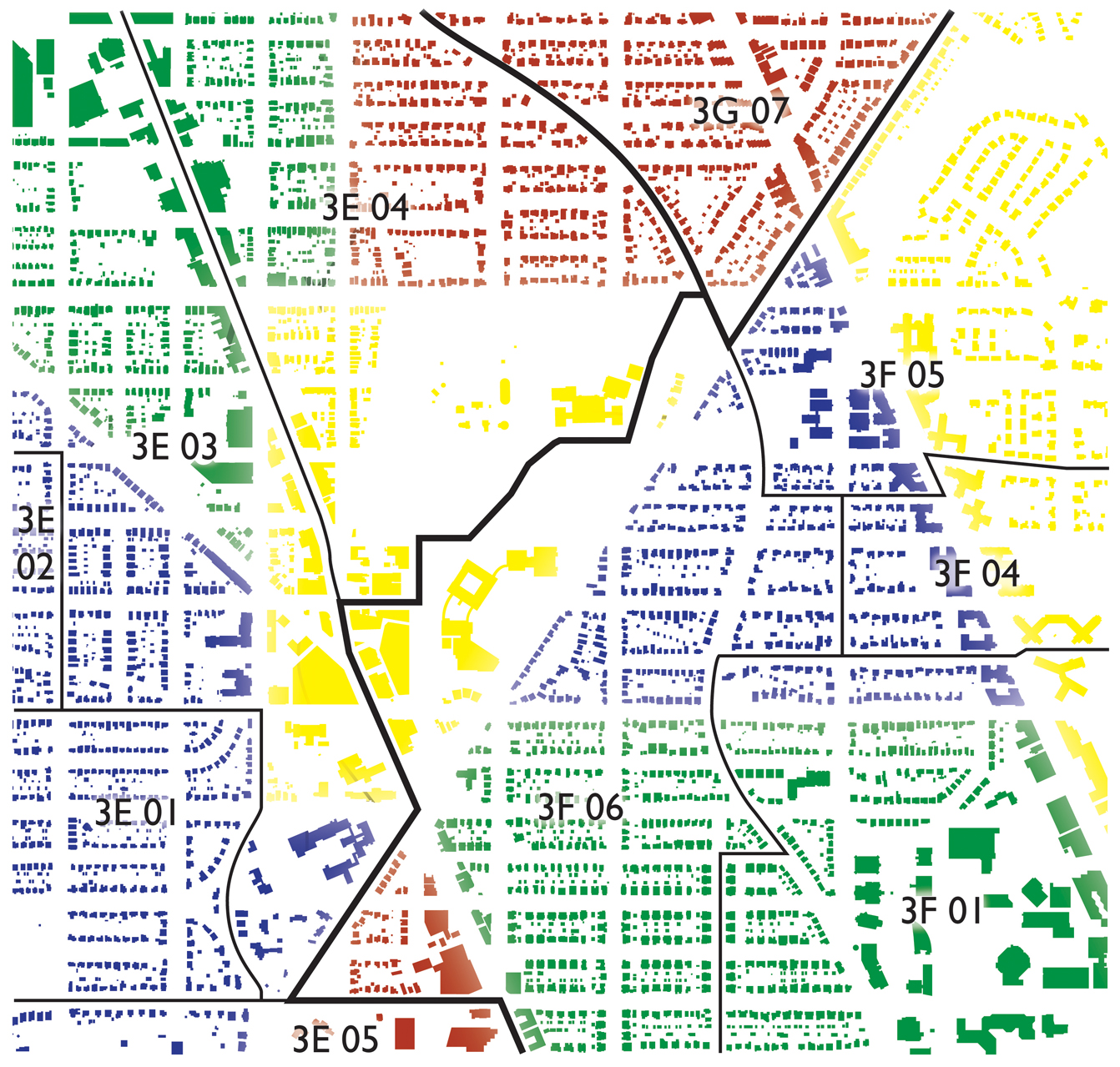
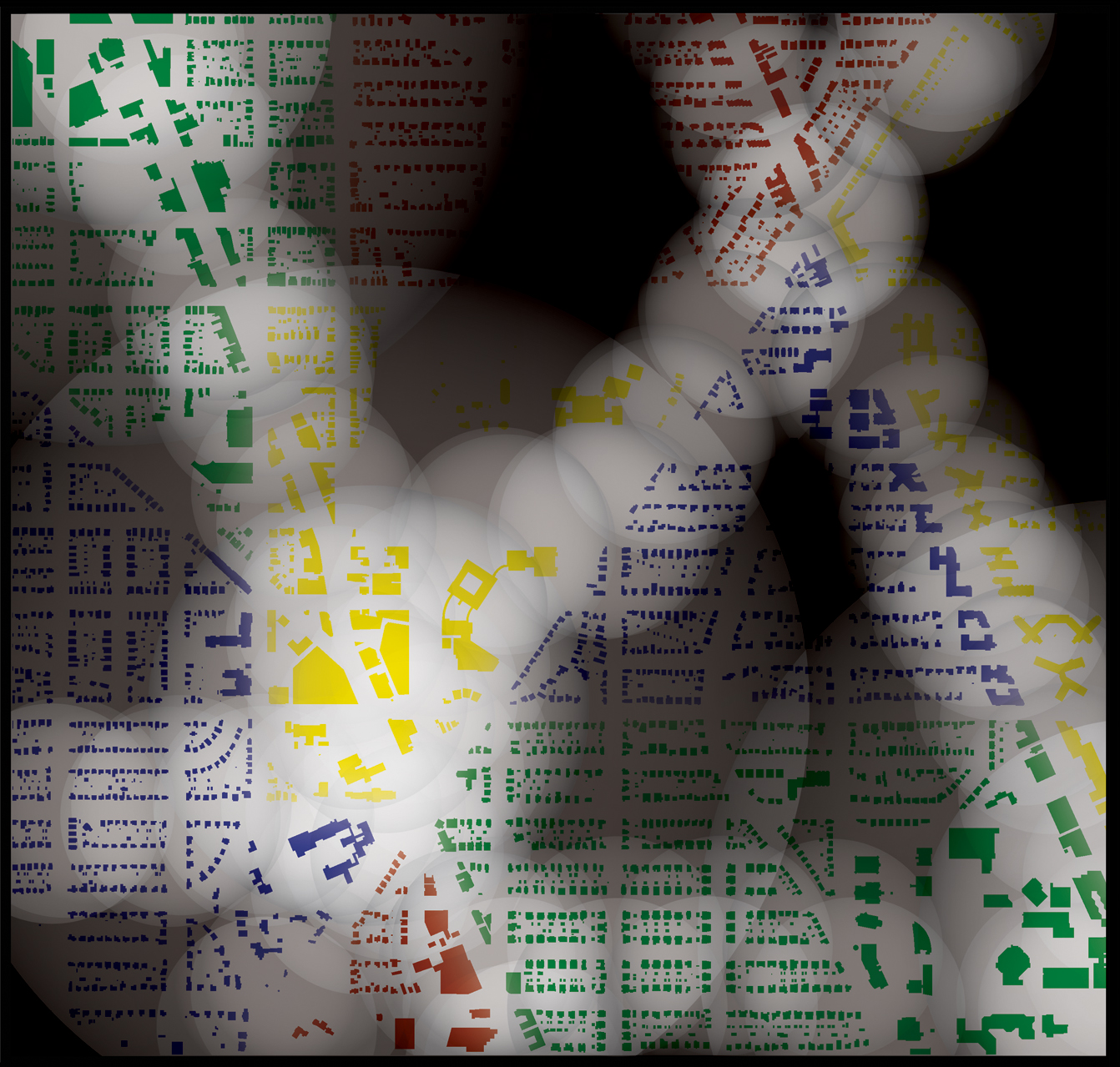
Living in NW DC for most of my life, I would side more with the second map. Tenleytown in often the name used for the whole area going from almost connecticut to as far as Massachusetts Ave at spring valley. I agree, neighborhoods in D.C. are unusual as boundaries are rarely defined. Many I know consider AU Park, McClean Gardens, and N. Cleveland Park to all be parts of Tenleytown.
I have never heard of the names “Wakefield” or “Tobago.”